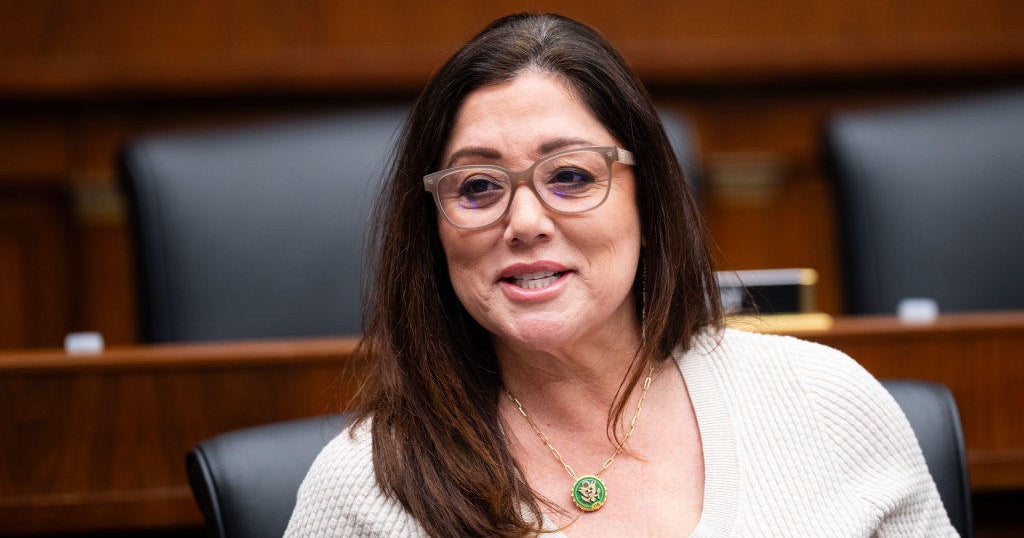Jobless claims plunge to their lowest level in 52 years
The number of Americans applying for unemployment benefits plummeted last week to the lowest level in more than half a century, with employers opting against layoffs amid a persistent shortage of workers.
Jobless claims dropped by 71,000 to 199,000, the lowest since mid-November 1969, according to figures released by the Labor Department on Wednesday. The drop was much bigger than economists expected.
The four-week average of claims, which smooths out weekly ups and downs, also dropped — by 21,000 to just over 252,000, the lowest since mid-March 2020 when the pandemic slammed the economy. Overall, 2 million Americans were collecting traditional unemployment checks the week that ended Nov. 13, down slightly from the week before.
Since topping 900,000 in early January, the applications have declined steadily and have now fallen below their pre-pandemic level of around 220,000 a week. Claims for jobless aid are a proxy for layoffs.
"Developments on the health front remain a risk that may weigh on labor supply, but we expect workers to gradually return to the labor market, as the cushion from savings diminishes, supporting job growth over coming months," Rubeela Farooqi, chief U.S. economist with High Frequency Economics, told investors in a note.
Until Sept. 6, the federal government had supplemented state unemployment insurance programs by paying an extra payment of $300 a week and extending benefits to gig workers and to those who were out of work for six months or more. Including the federal programs, the number of Americans receiving some form of jobless aid peaked at more than 33 million in June 2020.
Strong jobs rebound
The job market has staged a remarkable comeback since the spring of 2020 when the coronavirus pandemic forced businesses to close or cut hours and kept many Americans at home as a health precaution. In March and April last year, employers slashed more than 22 million jobs.
Job growth rebounded in October after two months of lackluster growth caused by the spread of the Delta variant. Employers added 531,000 jobs last month, while the nation's unemployment rate declined to 4.6%, from 4.8% in September — the lowest since March of 2020.
But government relief checks, super-low interest rates and the rollout of vaccines combined to give consumers the confidence and financial wherewithal to start spending again. Employers, scrambling to meet an unexpected surge in demand, have made 18 million new hires since April 2020 and are expected to add another 575,000 this month.
Companies now complain that they can't find workers to fill job openings — a near-record 10.4 million in September. Workers, finding themselves with bargaining clout for the first time in decades, are becoming choosier about jobs; a record 4.4 million quit in September, a sign they have confidence in their ability to find something better.
"The biggest problem for the labor market in late 2021 is too few workers," Gus Faucher, chief economist with PNC Financial Services Group, said in a report. "There are about 3 million fewer people in the labor force now than there were before the pandemic."



